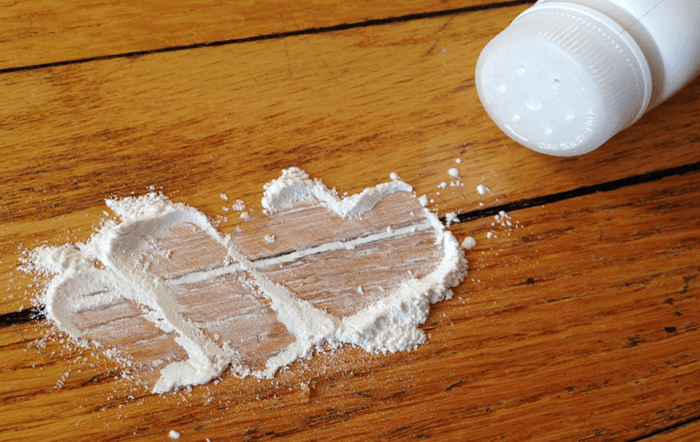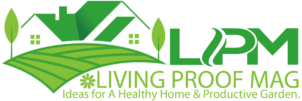So you decided to use hardwood as a floorboard material in your precious new house for the simplicity and beauty of the traditional hardwood? Few months go by and everything is top-notch and you feel great about it.
However, one day you step on a floorboard and there is that squeaky little sound of the board rubbing with the ground. Oh what an infuriating little sound every time you walk past it. If you are tired of the ear-piercing screeches of the hardwood floors of your house, then this is the perfect guide for you to go through. In this guide, you will be escorted through the entire process of eliminating that squeaking sound.

Contents
Understanding the Problem First
In spite of its sturdy appearance, traditional hardwood can be a bit of a nuisance to maintain. Everyday friction of floorboards and seams rubbing together can cause the wood to excoriate, leading to the sounds being made. However, there is good news. It will take at most five to ten minutes for you to get rid of the sounds for good and even better, it does not require you to have any sort of tools or help from another person.
Material of choice
Going through many scenarios in your head trying to find the exact way to deal with this vexing noise, but nothing really pops in your mind, does it? You wonder whether or not you should call in help or replace the boards entirely, but I can assure you that none of those are necessary.
What you will need is a good quality baby powder. Why baby powder you may ask, and that is a very good question. Baby powder is a very general household item and is readily available, if not at your house then at any local departmental store. Baby powders are also commonly used to detangle jewellery knots, reduce abrasiveness between materials in contact and treating stains from sweat. It is also frequently used for dealing with noises from floor boards.
This astringent powder works like a charm acting as a lubricant to reduce wearing down of boards by rubbing, eliminating any noise and is safe to be used repeatedly over time if the problem arises again. You may choose to opt for other lubricant choices like powdered graphite, and it is completely fine if you choose to do so.
However, you need to bear in mind that the path that we have chosen is the simplest and most time and cost-effective that anyone can follow. Other lubricants like powdered graphite are not as easily attainable as baby powder and also cost more. Given that this solution is not permanent, in the long run, you may have to spend way much more if you continue to use other product options of lubricants.
Know More
Best Engineered Hardwood Floor Cleaner Machine
Is Pine Sol Good for Hardwood Floors
Best Vacuum Mop for Hardwood Floors
Can You Use a Steam Mop on Hardwood Floors
How to Fix Squeaky Hardwood Floors with Baby Powder
Locate the squeaking floorboard by either pressing on the boards or walking on the boards until you hear a sound. Once you have located the problematic slat or board of wood, pour a generous amount of baby powder on the board and the areas surrounding it.
Make sure that the baby powder slips into the gaps of the floorboards. Using a soft cloth, paper or towel, force the powders down the gaps into the seams. If you have a hard time with that then try to use a thin card to drag and drop the powder through the lines.
Once you are done powdering the floor, gently press the floorboards and surrounding areas or walk over them to ensure that the boards have settled and that the powder is completely in place. This process will lubricate the wood and make sure that the floorboards are not rubbing against each other.
In case you see that the sound persists, there is no need to worry. This scenario means that the amount of powder added was not adequate and you simply need to sprinkle more powder and keep setting it through the floorboards until the sound completely goes away.
Alternate sources of the problem and their solutions
So you have now finished following through all our guided steps to eliminate that noise you have been worrying about with a great sense of accomplishment. You step on that hardwood and there it is again, the same exasperating noise, making you feel like all the work was for nothing and this guide was not helpful to you. Rest assured, there was no mistake from our end. If the noise persists, then the only viable explanation is that the targeted floorboard is slightly out of place.
In that case, grab a set of hammer and nails and go down to your basement. Observe the faulty board from below, which should move when it is stepped on. This movement is caused by irregularities in the dimensions of the boards. This problem caused by loose or bulging boards can be fixed by placing a piece of wood shim in the gap that causes the movement.
Carefully hammer in a nail through the shim, penetrating the sub-floor, into half or two- thirds of the faulty floor board, ensuring that the nail does not come out of the main floor as it may cause unexpected injuries. Once this is done there should be any sort of problems at all and the noise should be suppressed permanently.
The point to be noted is that, this type of fixing is not very common and you should not face the problems of irregular boards. Often, the baby powder is enough to put a grip on the situation.
Final Thoughts
A notable thing to mention is that our primary focus of an easy fix by using baby powder is not a long-lasting solution. While this quick and simple trick comes in handy from time to time, it is important to remember that this method will not permanently remove the squeaky noises. Over time, the sounds will reappear and the faulty areas will need a fresh coat of powder to keep the sound away. That being said, we hope that with the help of our guide you will be able to overcome this issue.
